This article answers the question "Can we still profit from airdrops?" and reviews the main airdrop projects of 2024.
Written by: Biteye Little Sister @biteye_sister
Edited by: Biteye Core Contributor Crush
Note: The following content is adapted from a speech given by a Biteye colleague at an airdrop strategy sharing meeting, and all airdrop earnings are shared from personal experiences.
Airdrop, a term that most cryptocurrency users have encountered, may be the easiest way to make money, but it can also be the quickest way to ruin one's health.
The debate over the pros and cons of airdrops has lasted for two to three years, from "spreading the wealth" to "basic income," and then to "witch hunts" and "points"…
Regardless of whether you like this model, it has profoundly influenced many projects in the blockchain industry.
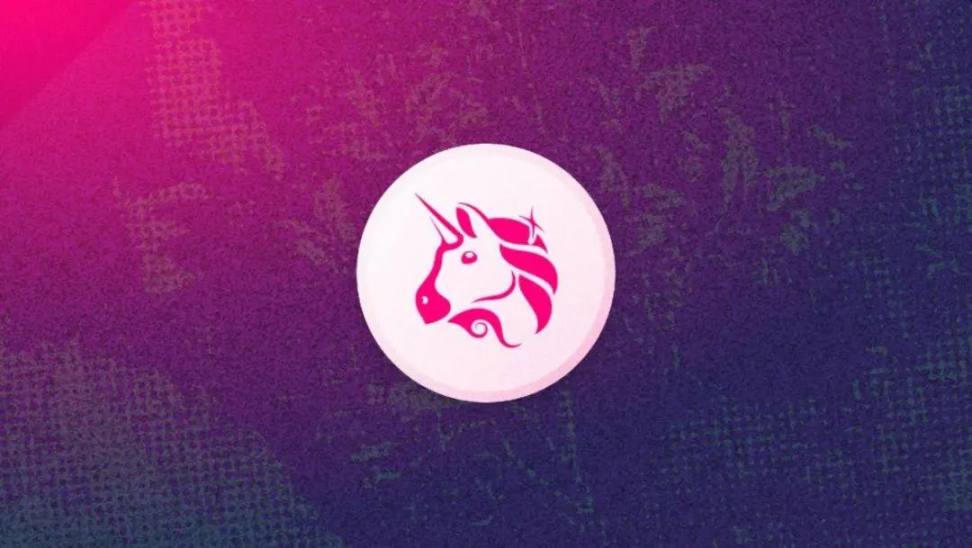
On September 17, 2020, UNISWAP conducted a minimum airdrop of 400 tokens, which had a maximum value of $16,000, and the only requirement to claim was to have used the protocol.
For users, a successful airdrop is referred to as "X total," while an unsuccessful one is called "X certain being countered;"
For projects, a successful airdrop can earn the community's deep admiration: "The founder deserves the highest honor!" A poor airdrop, on the other hand, may lead to the community angrily digging up the last eight digits of the ID number.
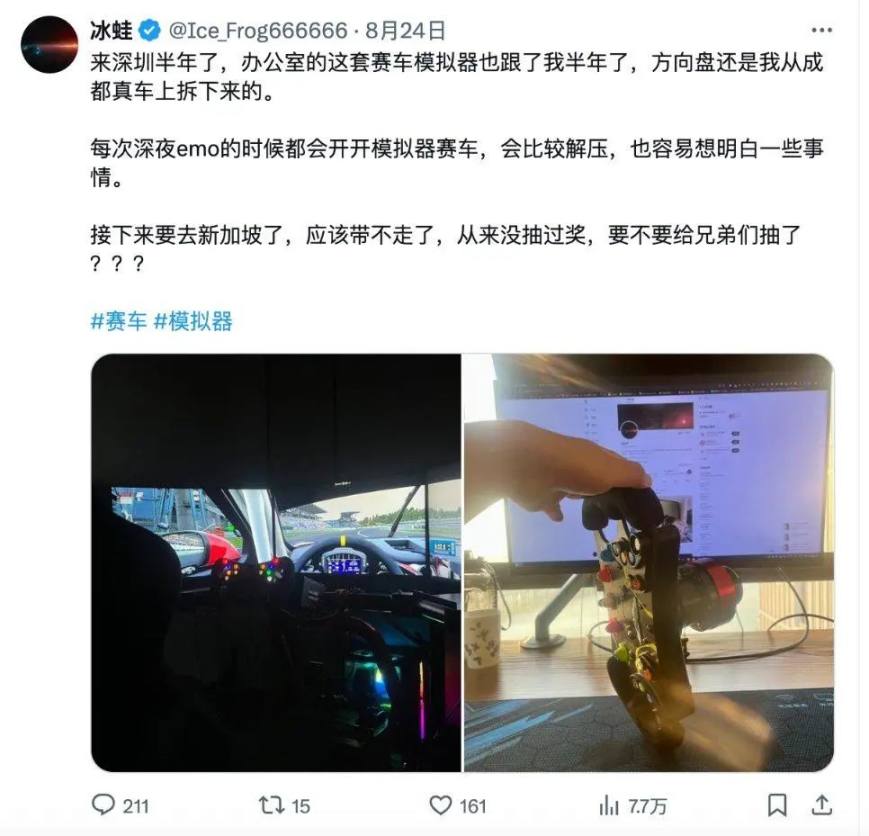
The Ice Frog has gained wealth from airdrop projects like ARB and BLUR, and is referred to by fans as Frog Total.
Regardless of one's views on airdrops, after each airdrop, one question is repeatedly raised:
It's already 202x, can we still profit from airdrops?
The reason for the repeated questioning is simply the decreasing number of airdrop shares, increasingly strict witch hunt rules, and the plummeting prices of tokens after listing.
Therefore, the following will take 15 minutes to answer the question "Can we still profit from airdrops?" while reviewing the main airdrop projects of 2024. (The following content is excerpted from a senior's speech at the Biteye airdrop strategy sharing meeting.)
To clarify, I will introduce based on "popular events and tracks as the main focus, with time nodes as a supplement."
In 2024, there are three main popular events and tracks:
- January 10: Bitcoin ETF approved, inscriptions listed on three major exchanges, founder Casey bets that if the newly launched rune's market cap is below $1 billion, he will "live stream seppuku";
- March 13: Ethereum Cancun upgrade, L2 transaction fees reduced by 90%, various re-staked assets emulate Blast to launch staking Points;
- March 18: Solana price breaks $210, having risen 20 times since the FTX crash at the end of 2022, becoming a paradise for MEME coins and driving the DePIN track.
01 Bitcoin Track
Let's start with Bitcoin. The airdrop projects in the Bitcoin track for 2024 mainly include: Babylon Pioneer NFT, Pizza airdrop, and OKX Wallet Drops.
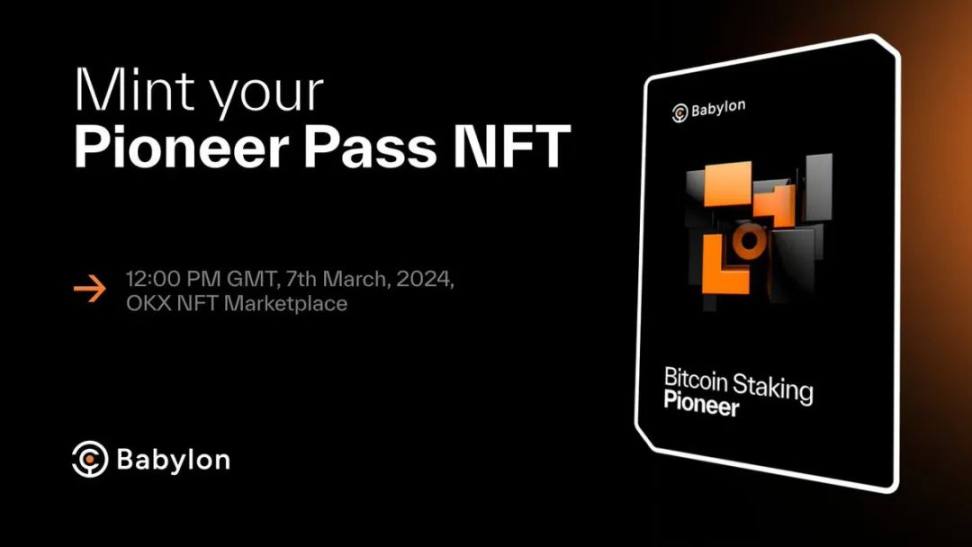
1.1 Babylon Pioneer NFT
Babylon's NFT is undoubtedly the fastest "Airdrop" of 2024! At the time, they hinted at rewards while collaborating with okxweb3, and obtaining the NFT was very simple; you just needed to deposit test sbtc into the test pool and bind an EVM wallet (to claim the NFT).
Challenges
- First, the testnet water was very hard to claim, and most players couldn't get it, getting stuck at the claiming stage; 2. Should I guard against witch hunts? Initially, I received some water, but it was only enough for 10 accounts, so I later found a water dealer in an external group and bought 100u of sbtc (I forgot the exact amount), which I remember was enough to create about 200 accounts;
After much consideration, I ultimately decided not to take measures against witch hunts because, firstly, the BTC ecosystem rarely conducts witch hunts, and secondly, sharing some test coins under the circumstances of insufficient faucets is quite normal.
Since only the first 100,000 users would receive rewards, the entire event was quite tight, lasting about two days. The main workload was distributing testnet tokens, and I completed about 200 accounts to obtain around 200 NFTs.
Profit Assessment
This event had an explosive ROI, selling about 100 NFTs at an average price of 160u in the external and okx markets, making a profit of 15,000u. The remaining NFTs were not sold, and currently, one NFT has dropped to below 30u; I feel I should have sold all during the FOMO phase.
1.2 OKX Drops
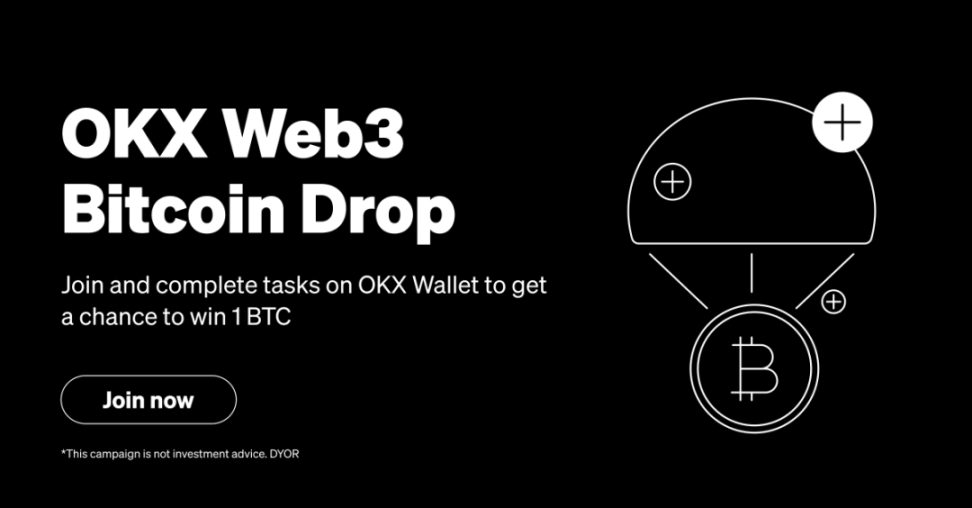
https://www.okx.com/zh-hans/web3/marketplace/launchpad
Okxweb3's BD connects with relatively high-quality project parties every week to seek whitelist benefits for the community, and some whitelist values are quite high.
Tinfun NFT whitelist, Bitsmiley smiley whitelist, INK whitelist, these all have single account earnings exceeding $1,000, with zero cost to participate.
However, as the number of participants increases, okxweb3 has also taken measures to reduce the winning rate for "profit seekers."
They tier EVM addresses, with wallets that have rich DEFI and NFT behaviors being premium accounts, having a much higher winning probability than ordinary accounts, while "bot" accounts have a lower winning rate than ordinary accounts.
Therefore, the best strategy is for users with premium account resources to participate every time, ensuring stable free gains. (It is still uncertain whether wallet tiered lottery is applied in BTC wallets and Sol wallets.)
At that time, I saw the Bitsmiley event, as the BTC ecosystem was hot, and the participation cost was very low, so I decided to join.
Profit Assessment
Bitsmiley was using BTC wallets for the lottery, requiring a verification of about $10 in BTC. I divided 100 wallets, and I remember the overall winning probability was above 1/20, and I won 6 whitelists;
A single NFT could sell for $2,000 at its peak, with total profits nearing $10,000. (This deployment of okx lottery later brought me great surprises in the BTC ecosystem, as will be discussed later).
1.3 Pizza

Pizza is a meme coin officially released by Unisat, with excellent material and very high popularity.
Unitsat announced that wallets with interaction (transfers) records using the unisat wallet within three months of the snapshot time would receive basic income; additionally, using unisat services, having points, and being a unisat OG would receive higher rewards.
Earlier, I mentioned that I participated in okx drops and divided 100 wallets. In May, I wanted to participate in Solv's BTC staking, so I planned to consolidate the BTC from those 100 wallets for staking. By chance, each wallet had a transfer record, thus meeting the airdrop criteria of unisat.
Profit Assessment
The basic income account received 100 pizza per wallet, and after all airdrops were distributed, the value per account reached $600, peaking at $800, with profits around 80 wallets * 550 = about $40,000.
Overall, airdrops in the BTC ecosystem often occur after the BTC price breaks new highs, during a period of "liquidity overflow."
They have high thresholds (BTC chain gas, interaction difficulty), high returns (single account earnings), and low requirements (no large-scale witch hunts) characteristics.
However, the value of airdrops is reflected in expectations, as selling midway often yields the maximum profit; if one "holds on until" the end, it often turns a feast into a leftover meal.
02 ETH Ecosystem
Next is the ETH ecosystem, with the main airdrop projects of 2024 being: Friendtech, Stark, Zksync, and Layerzero.
2.1 Friendtech
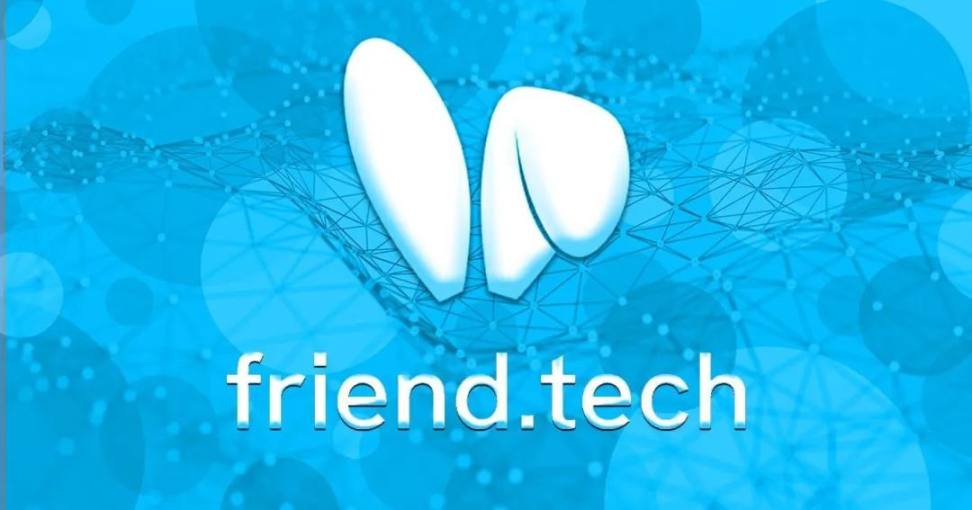
FT is a phenomenal socialfi at the end of 2023. I only started participating a month later, so I didn't hold a big V account but chose to matrix farm.
However, the process was not smooth; due to team rule changes, I needed to move positions (and buying and selling incurs a 10% cut).
Ultimately, I invested more than 5 ETH, and the matrix could leverage three times, with the matrix ultimately having a portfolio value of less than 20 ETH, with total wear and tear within 1 ETH.
Profit Assessment
The airdrop started in May 2024, and I ultimately received 15,000 points. I sold 2,500 points at a price of $4 on Whales Market Pro, and the remaining points were sold between $1-2, with final profits around $30,000.
As for costs, I wore out less than 1 ETH, but the remaining ETH rose from $1,800 to a peak of $3,500; I believe the cost of mining FT was actually negative.
2.2 Stark
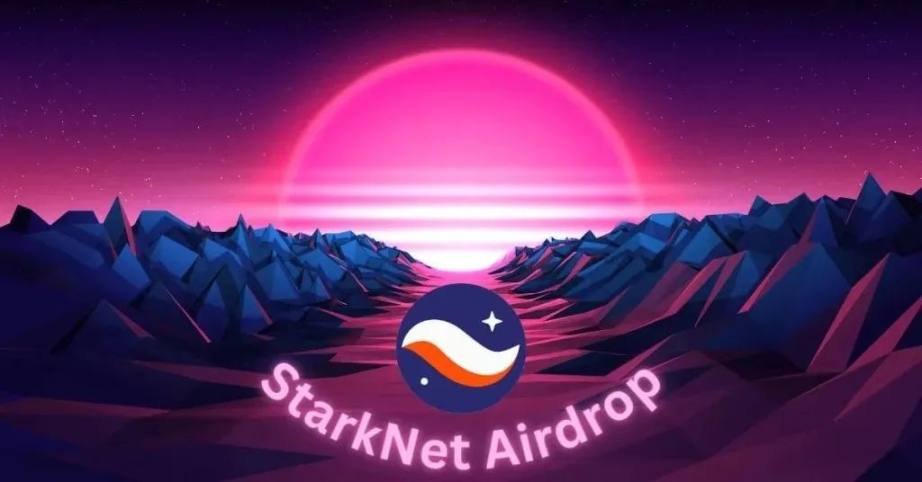
The Stark airdrop is the third project to issue tokens among the four major L2s, and its airdrop reputation differs from the praise received by the first two, with Stark's airdrop being somewhat controversial.
The controversial point of Stark is the blanket policy on on-chain balances, meaning that wallets with less than 0.005 ETH are disqualified.
However, other standards, such as being active for at least 3 months and trading $100, are relatively easy to achieve.
The standards set by Stark led to a group of users who deposited ETH into on-chain DeFi projects being "backstabbed," losing all their investments.
Additionally, there was the witch hunt review by Trustgo, which targeted a batch of wallets with similar on-chain activities. However, since Trustgo's witch hunt database and standards are not public, the relatively centralized anti-witch measures faced opposition from players.
But for those players who met the requirements, Starknet was undoubtedly a rewarding airdrop, truly deserving of the title of one of the four major kings.
The basic income accounts received a minimum of 500 tokens, and selling them promptly at launch yielded around $1,100 in profit. Slightly better accounts received between 1,000 to 3,600 tokens, with single account profits reaching $2,000 to $8,000. A total of over 1 million addresses received the airdrop, making it quite large in scale.
The top-tier reward was 10,000 tokens per account, worth around $20,000, which was relatively difficult to achieve, with fewer people meeting this condition.
Profit Assessment
I invested in about 50 accounts on Stark (due to monthly activity and balance not meeting the requirements, I lost some accounts), with each account holding between 650 to 3,600 tokens, totaling 50,000 tokens, and I had about $100,000 in profit at launch.
In short, the Stark airdrop was definitely a victory for multiple low-income accounts, as the basic income standards were quite lenient.
A balance of 0.005 ETH + 3 months of monthly activity + $100 in amount, with costs under $5, could yield a return of $1,000.
Although the rewards for top-tier premium accounts were more than 10 times that of basic income accounts, the difficulty was too high, and the costs were too steep, making the cost-effectiveness insufficient.
It is worth noting that the Stark airdrop also rewarded the ECMP program, which is the contributor program. Coupled with the inhumane blanket policy on balances, this led some users to suspect the existence of "insider trading."
Unfortunately, after issuing tokens, the Stark ecosystem could not maintain its TVL and user activity. Subsequent ecosystem airdrops, such as Zklend and Ekubo, despite being decent DeFi projects, saw poor token prices and airdrop earnings.
2.3 Zksync
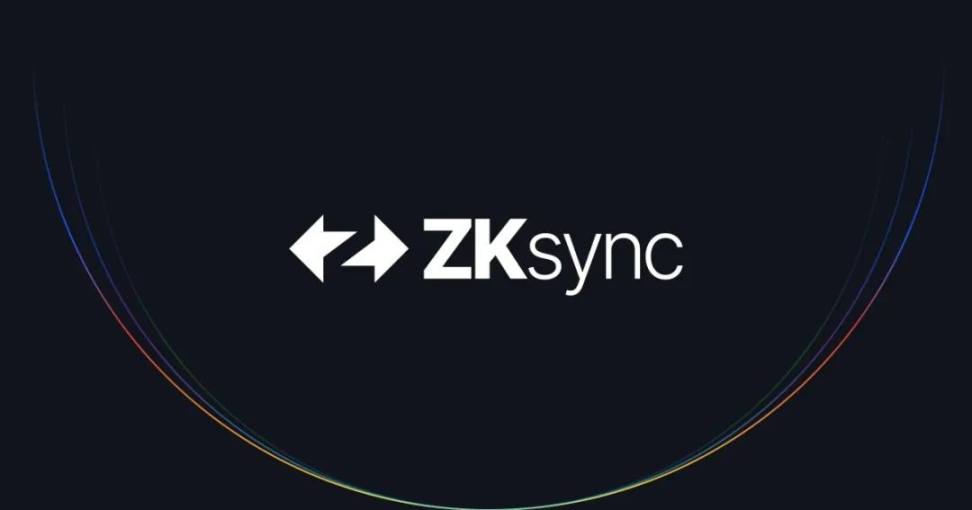
However, in the second half of the year, the airdrops from Zksync and L0 completely shattered expectations for the airdrop track.
Zksync innovatively introduced a scoring method that multiplies the time-weighted TVL amount by a bonus multiplier, making the amount deposited into the Zksync protocol the most important metric for measuring airdrops, which contradicted previous user perceptions of monthly activity, transaction amounts, and transaction counts.
Additionally, zk rewarded holders of some niche zk native tokens and certain NFT collections, raising suspicions of "insider trading" regarding the entire airdrop standards.
However, I personally believe that Zksync's standards reward genuine DeFi players, as many real players received airdrops exceeding 50,000 tokens, making this zk airdrop undoubtedly a reward for premium accounts.
Profit Assessment
I only had over 10,000 zk in my main account, while other accounts had only a few thousand, and half of the accounts did not receive airdrops due to insufficient funds, totaling only 80,000 zk received.
Moreover, due to the opening price not being ideal, I did not sell and have been stuck ever since. The costs were not low, and I invested a lot of effort.
Some players who have been grinding for 3 years received nothing, and even some studios with outdated strategies did not achieve any profits. This airdrop was undoubtedly disappointing for most.
2.4 Layerzero
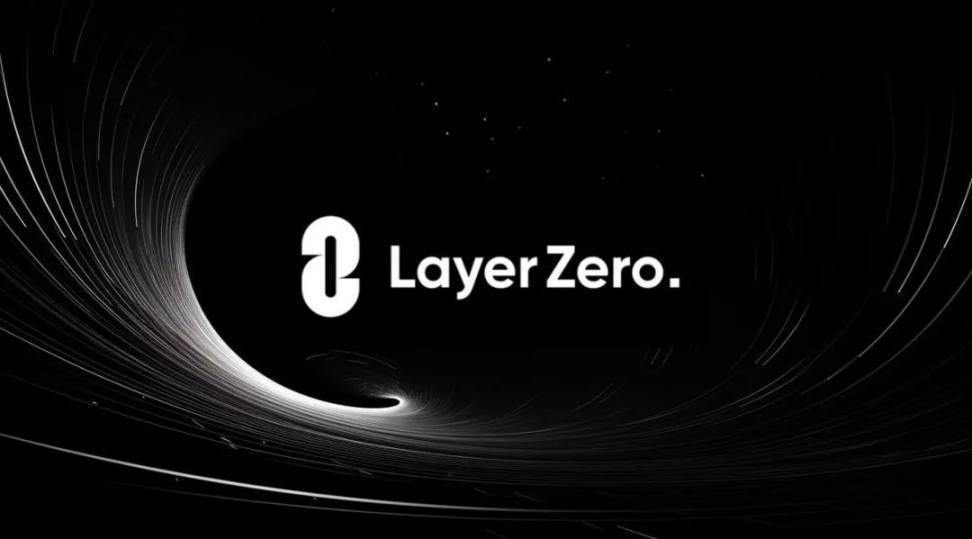
L0 airdrops are worse than ZK, being the worst of the worst. The airdrop shares are extremely low, the conditions are harsh, and there have been unpleasant experiences with "witch hunts" and large reports, which I do not wish to elaborate on.
Profit Assessment
The returns from L0 are very low, with most accounts barely breaking even. Larger accounts might see a 2x return, but I did not even have a single account with $1,000. Later, L0 conducted a secondary airdrop, but the results were only mediocre.
Overall, the ETH ecosystem remains a gathering place for various airdrop projects, but the rules for airdrops are gradually tightening, and witch hunts have become stricter, making it increasingly difficult for single accounts to achieve past returns.
From the past "multiple account era" to the current "premium account" era, it has indicated a shift in airdrops from "zero profit" to "investment."
03 Solana Ecosystem
Finally, in the Solana ecosystem, the main airdrop projects of 2024 include: Jupiter and Wormhole.
3.1 WEN

In January, before the $JUP token launch, a meme coin issuance experiment was conducted, with 70% of the WEN airdrop evenly distributed to over 1 million Solana wallet addresses.
The airdrop targets included Jupiter users, Ovols NFT holders, blue-chip NFT holders, Genesis Saga NFT holders, and mockJUP test users.
Profit Assessment
Each address received an average of 643,652 tokens, and depending on the selling time, single accounts had profits ranging from $50 to $100.
3.2 JUP
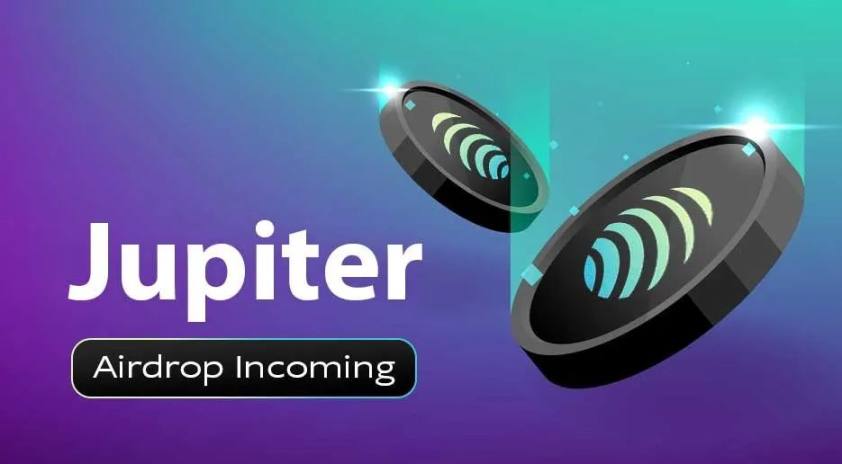
On January 31, the JUP airdrop launched, with the snapshot ending on November 2, 2023. Over 950,000 wallets that interacted directly with Jupiter were eligible for the first airdrop, with 336,000 wallets receiving 200 JUP.
The basic income for JUP was 200 tokens, worth about $120. Additionally, OG BONUS, trading volume, sustained usage, and whether the user continued to use it during the bear market in 2023, as well as whether they used limit order functions, were all extra bonuses. JUP also marked and excluded bot accounts.
As a new player who entered the space in 2022, most players who have tried the Solana ecosystem have used Jupiter. However, from a personal perspective, the vast majority of players had token amounts below 500 per single wallet, as the Solana ecosystem fell into nearly a year of silence after the FTX crash at the end of 2022, making it quite difficult to continue using Jup.
Profit Assessment
I have 10 Solana wallets that have all used Jupiter, but only one main wallet received a larger amount of tokens, totaling 10 basic incomes of $Wen (sold for $800) and about 10 basic incomes of $Jup (sold for $2,000).
From an ROI perspective, the returns from the Jupiter series are quite high, as the interaction costs in the Solana ecosystem are very low. However, if players only dabble and only receive basic incomes, their absolute income is not high, making it a decent return.
For players with multiple accounts, as long as they avoid bot scrutiny, the JUP airdrop is undoubtedly a victory for low-income multi-account players. From the perspective of airdrop rules, there are no obvious insider trading rule settings.
3.3 Wormhole Airdrop
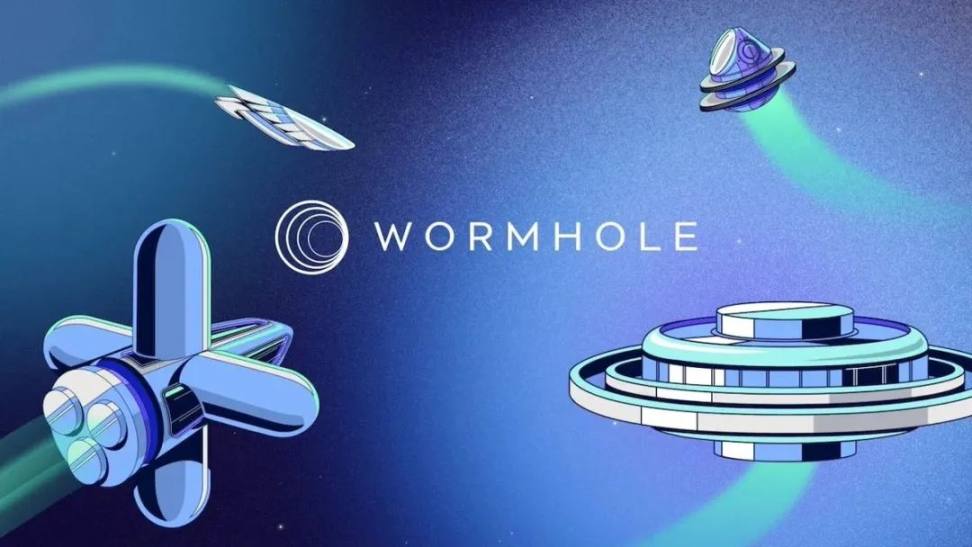
$W is considered the cross-chain protocol with the highest airdrop earnings to date.
The main reasons are significant funding, backing from Solana, and relatively less competition compared to Layerzero, with fewer eligible addresses (over 400,000).
Wormhole examined users' activities across the entire chain, setting a minimum interaction threshold of around $1,500, and rewarded early users, those who continued to use the platform, and users who remained active during the bear market.
Of course, Wormhole also has anti-witch measures; in addition to the common analysis of funding sources, Wormhole employed behavioral clustering analysis to identify clusters (https://arxiv.org/abs/0803.0476) and analyzed spam transactions.
Profit Assessment
Additionally, some Solana and EVM wallets received a small amount of airdrop, but the official criteria were not disclosed in detail, making it unclear why some accounts did not receive airdrops.
In summary, the Wormhole airdrop has a high ROI due to the low number of eligible participants. However, the project's anti-witch measures and specific airdrop standards are not very transparent, leading some users who did not receive airdrops to question the transparency of the airdrop.
Overall, the Solana ecosystem remains a capital game, where only projects with good investment backgrounds have the potential to profit from airdrops. In contrast, other airdrop projects on Solana have very low returns.
04 Summary and Outlook
Overall, the trend shows that airdrops in 2022 and 2023, such as Op and Arbitrum, have rarely faced controversies regarding "insider trading."
Their airdrop standards are relatively "natural" and "normal." Even some projects that reward NFT collections, like Galxe and ZKBridge, have NFTs that are well-known collections created through task synthesis, such as "Galaxy Girls" and "Panda King."
Insider trading operations are limited to knowing the snapshot time in advance and selling NFTs promptly after the snapshot. Normal players who continue to hold NFTs are generally not significantly affected.
However, looking at airdrops like zk and L0, the standards have become very difficult to predict. These projects often reward some "mysterious" tokens and NFT communities, making it challenging for ordinary players with information asymmetry to prepare in advance.
Therefore, in the EVM airdrop track, strategies need to undergo a certain transformation, and the focus should not continue to be solely on the EVM track.
Future Strategies for EVM Airdrops
1. DeFi Earnings
(Re)staking projects or RWA stablecoin projects combined with L2 projects and DeFi projects can yield multiple benefits, earning 10% or higher APY and point rewards. This approach is suitable for large funds seeking stability. To pursue higher point rewards, participation in PT gameplay can be included, which involves more intense competition.
For example, around May, the Stone project allowed users to stake ETH into Stone, then cross-chain into the Scroll chain to buy PT, and sell at the end of June, potentially earning "free" Stone points without any loss. If one wants to be more cautious, they can split Queenstone to obtain stable earnings and points.
This series of operations interacted with the Stone, Layerzero, and Scroll projects, allowing for dual points from both Stone and Scroll, which is a typical example of maximizing benefits.
There are many similar examples, such as:
Crossing ezETH to Linea and depositing it into Mitosis. This series of operations interacted with Renzo, Hyperlane (cross-chain), Mitosis, and Linea.
The above examples are for points; if aiming for APY returns, one could consider stablecoin/RWA projects like Usde/Usual or Anzen.
2. Account Creation and Maintenance
Although there are currently no eye-catching new airdrop projects in the EVM space, some testnet projects have wallet requirements for participation. For example, Initia requires 20 Gitcoin points for participation.
Some projects also provide bonuses for older wallets; for instance, Particle offers extra points for older accounts with transactions.
3. Alpha Projects and Imaginative Tracks
Currently, the alpha ratio in the Base ecosystem is relatively high, even though Base may not necessarily issue tokens. The Superchain centered around Optimism also has potential narratives, as it does not require an excessive number of L2s.
Shifting to Other Tracks
1. BTC Track
In the BTC track, there has already been a wave of hype around inscriptions, and there is still significant potential ahead. In 2024, BTC has already seen the emergence of major projects like RSIC, DOG, PIZZA, Bitsmiley, and Babylon NFT. A key feature of these major projects is "easy earnings," along with transaction references and held assets.
Therefore, the current strategy is to frequently use wallets like Unisat, Wizz, or websites like Gennidata to mint unique assets, such as zero-number runes/BRC20 assets, or purchase popular assets like pizza, sats, or ordi from marketplaces.
After configuring accounts, there will be many opportunities to participate in new BTC ecosystem projects at low costs (as one can obtain whitelists).
2. Solana Track
The Solana track is a capital-rich space, with the foundation providing substantial support for excellent projects. Solana has long been referred to as the "ETH killer." Following this line of thought, successful applications on the ETH chain should also exist on Solana, such as Lido-Jito on Solana, where staking just 1 SOL can yield returns of over ten thousand dollars.
Additionally, there are platforms like OpenSea and Blur-Magiceden on Solana, and projects like Safe-Squads that have not yet issued tokens. The number of users on Solana is still relatively low compared to EVM chains, presenting significant opportunities.
3. Ton Track
The Ton track is quite contradictory; on one hand, it is a low-threshold space suitable for retail investors.
Unlike the EVM/BTC ecosystems, in the Ton ecosystem, you only need a TG account and a minimal amount of funds to participate. However, on the other hand, it is nearly impossible for retail investors to make significant profits.
Due to mass adoption, the number of players in the Ton ecosystem is extremely high, reaching millions, and airdrop amounts for single accounts may only be a few hundred dollars. A retail investor with ten accounts seems unlikely to make substantial profits.
Moreover, bulk accounts have high demands for device/IP/account risk management, and inexperienced retail investors may lose half of their accounts in a short period.
However, for studios with experience and account resources, since 90% of studios are still in the EVM/Sol track, these Ton studios may be able to reap significant profits from the first wave of opportunities. However, I do not believe retail investors have substantial chances in this track.
4. Move Ecosystem
Recently, the Move ecosystem has been quite active, with SUI continuously hitting new highs and APT also returning to the $10 mark.
Notably, the SUI ecosystem has seen a major airdrop called Deepbook: simply staking or interacting with related staking DeFi protocols can qualify you, with single account rewards ranging from dozens to hundreds of dollars.
Similarly, the APT foundation has reserved some tokens for future airdrop rounds. A prudent approach would be to stake on APT or interact with staking protocols like Amnis while waiting for rewards.
The new darling of the Move language is undoubtedly Movement. Currently, Movement has already opened a series of tasks on the testnet for users to engage with.
However, it is important to note that automated scripts for studios are quite mature, and manual players need to focus on completing tasks and obtaining quality roles and items on single accounts rather than pursuing low rewards in bulk.
免责声明:本文章仅代表作者个人观点,不代表本平台的立场和观点。本文章仅供信息分享,不构成对任何人的任何投资建议。用户与作者之间的任何争议,与本平台无关。如网页中刊载的文章或图片涉及侵权,请提供相关的权利证明和身份证明发送邮件到support@aicoin.com,本平台相关工作人员将会进行核查。




